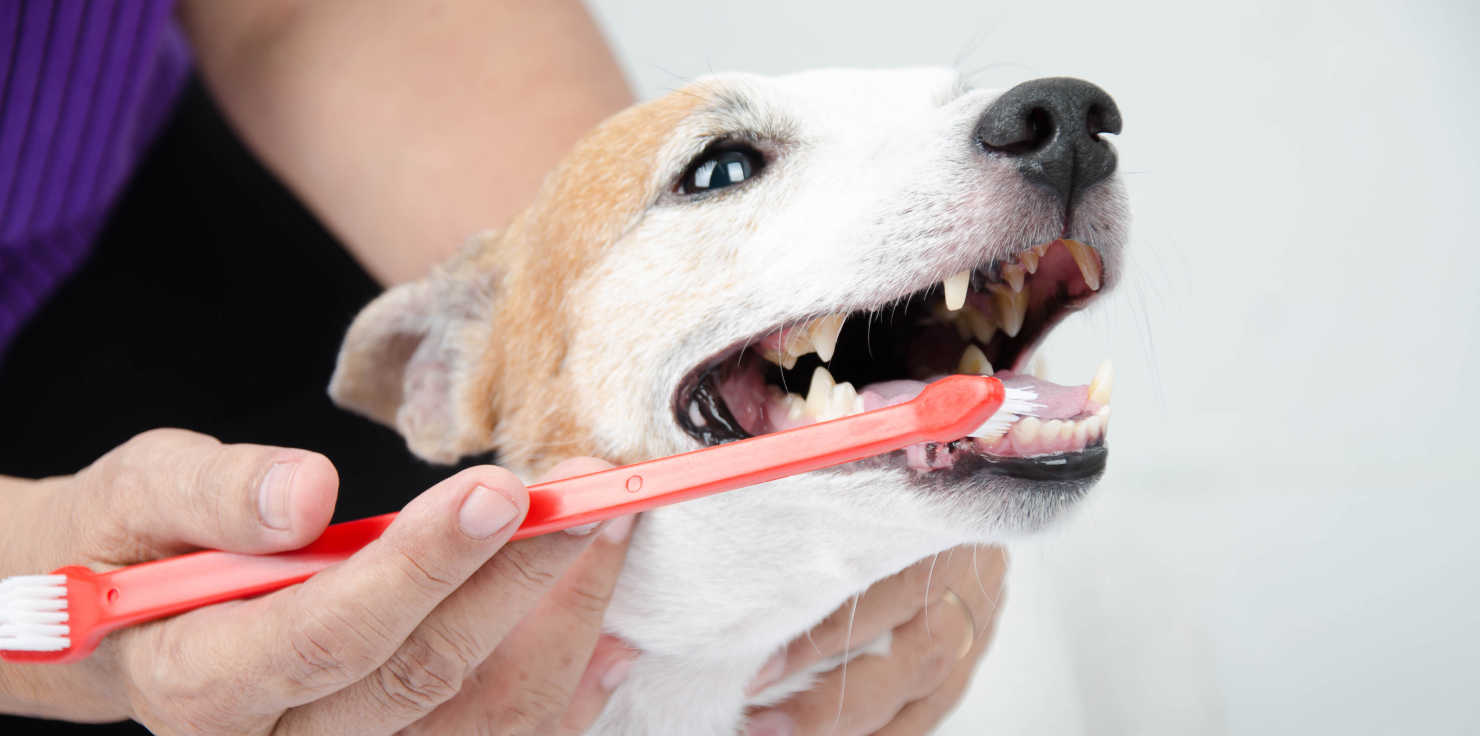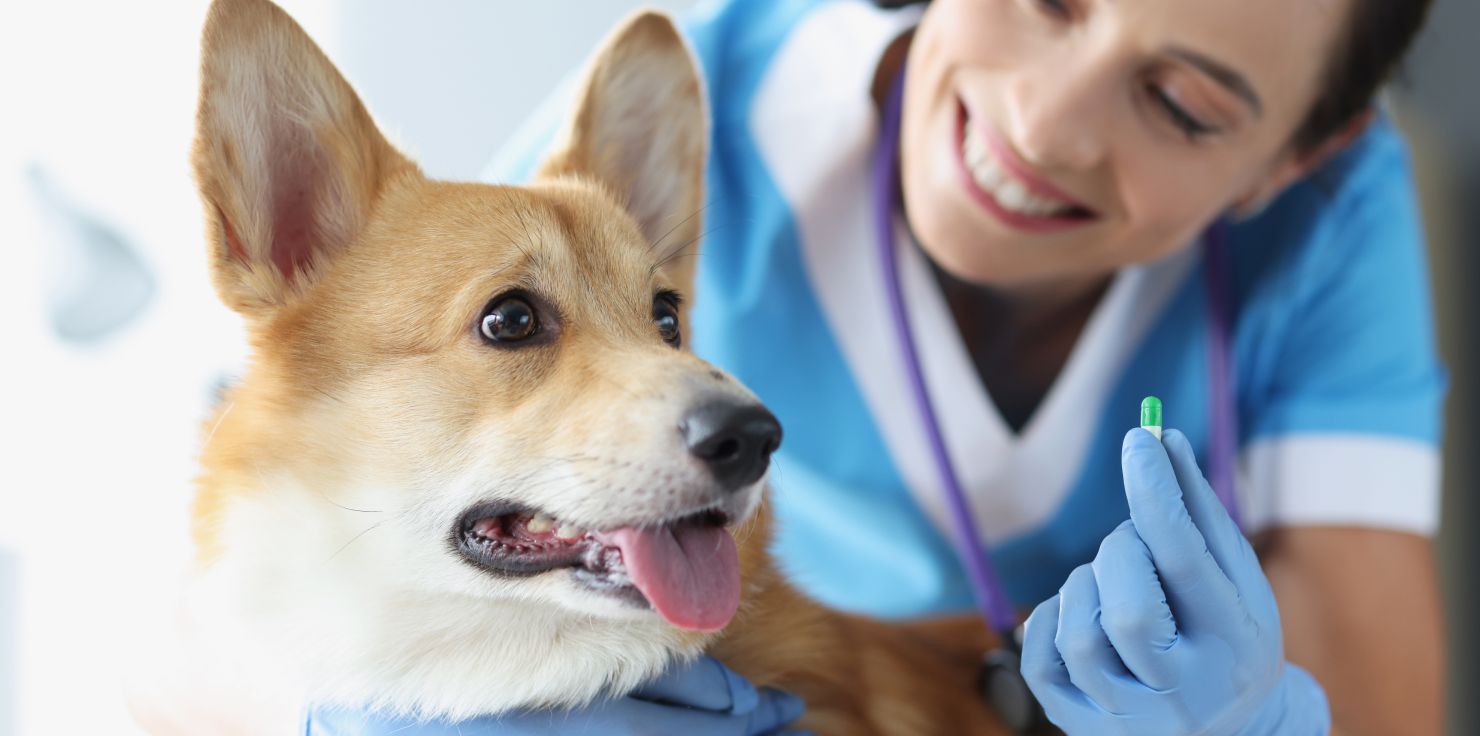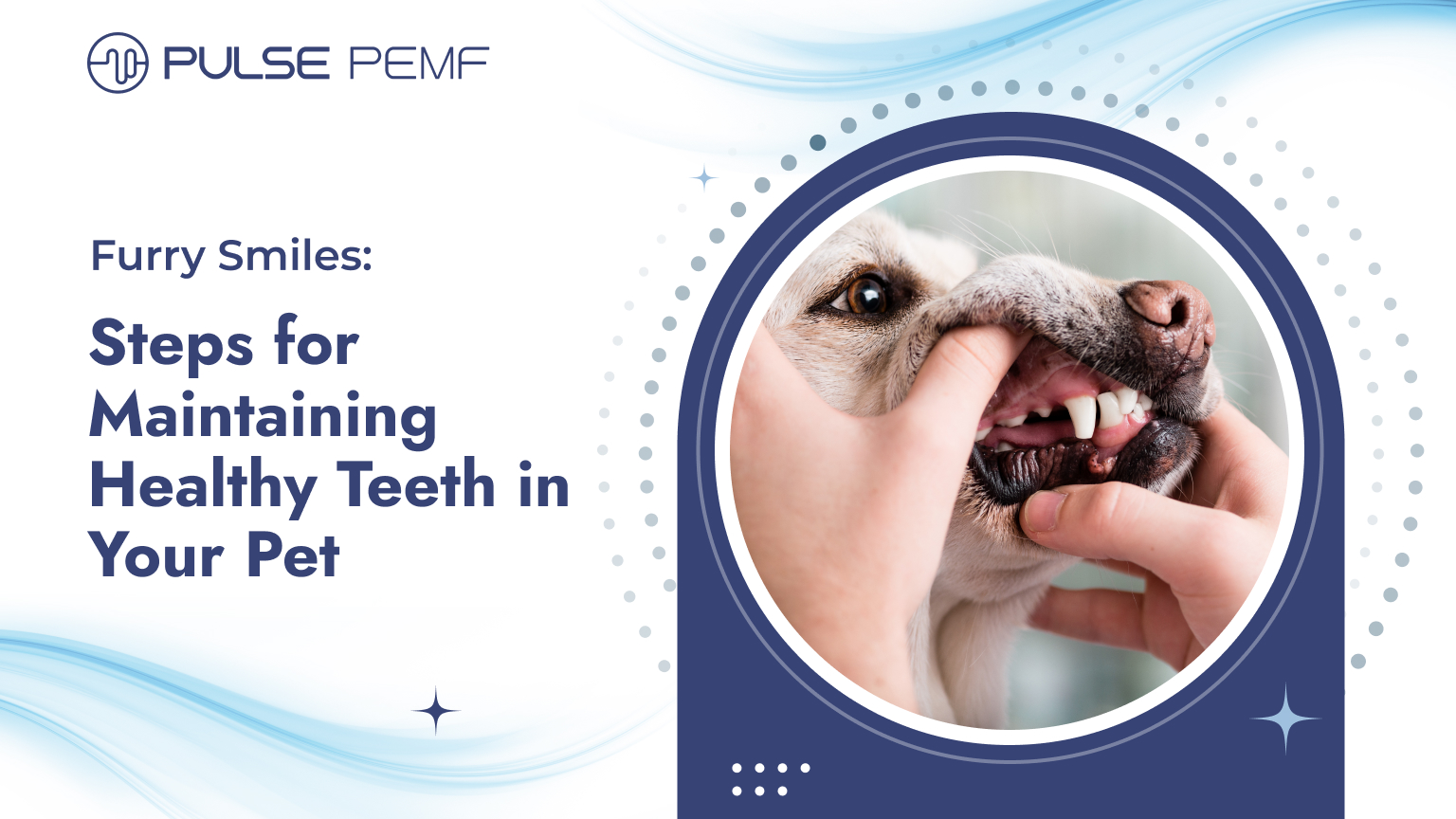Good oral health is essential for your pet’s overall well-being. Healthy teeth help them eat comfortably, stay active, and avoid painful infections. By following a few simple steps, you can help your furry friend maintain a sparkling smile.
This blog post will provide you with practical tips on how to keep your pet’s teeth healthy. We’ll discuss the importance of regular brushing, dental chews, and professional dental cleanings. Let’s dive in!
Exploring the Impact of Healthy Teeth on Your Pet’s Life
Why Oral Health Matters for Pets
Just like humans, pets need healthy teeth for optimal health. Good oral health:
- Supports proper chewing and digestion: Healthy teeth and gums allow your pet to chew food properly, which aids in digestion.
- Prevents gum disease and systemic infections: Dental disease can lead to serious health problems, including heart and kidney disease.
- Keeps pets comfortable and active: A healthy mouth can help your pet maintain a playful and energetic lifestyle.
Recognizing Dental Problems Early
Early detection of dental problems is crucial for effective treatment. Watch for the following signs:
- Behavioral Changes: Changes in appetite, reduced interest in play, or increased irritability.
- Physical Signs: Bad breath, excessive drooling, visible tartar buildup on teeth, red or swollen gums.
Building a Simple Daily Dental Routine
Brushing Techniques That Work

Brushing your pet’s teeth is the most effective way to maintain oral health. Start by introducing the toothbrush and toothpaste gradually, using positive reinforcement and treats to create a positive association.
- Frequency: Aim for 2-3 brushing sessions per week.
- Pet-Safe Toothpaste: Use a pet-safe toothpaste that contains enzymes to help break down plaque and tartar.
- Brushing Technique: Gently brush your pet’s teeth using a small, soft-bristled toothbrush. Focus on the outer surfaces of the teeth and the gum line.
- Alternatives: For pets who are resistant to brushing, finger brushes or dental wipes can be used to clean their teeth and gums.
Incorporate Dental Chews and Toys
Dental chews and toys can help remove plaque and tartar from your pet’s teeth. Choose chews that are appropriate for your pet’s size and breed, and avoid those that are too hard or brittle.
- Dental Chews: Look for chews that are designed to clean teeth and freshen breath.
- Dental Toys: Interactive toys can help stimulate your pet’s gums and remove plaque.
Remember to rotate toys and chews regularly to keep your pet engaged and prevent boredom.
Professional Care to Keep Teeth Healthy
Regular Vet Check-Ups and Dental Exams
Regular veterinary check-ups are essential for maintaining your pet’s oral health. During these visits, your veterinarian will examine your pet’s teeth and gums for any signs of dental disease. Early detection of dental problems can help prevent more serious issues and costly treatments.
Annual dental exams are recommended to assess your pet’s oral health and identify any potential problems. Your veterinarian can perform a thorough cleaning and polishing to remove plaque and tartar buildup.
Professional Dental Cleanings

Professional dental cleanings are an important part of maintaining your pet’s oral health. During a dental cleaning, your veterinarian will:
- Remove tartar buildup: Tartar is a hard substance that can accumulate on your pet’s teeth and lead to gum disease.
- Polish the teeth: Polishing helps to smooth the tooth surface and prevent plaque buildup.
The frequency of professional dental cleanings will depend on your pet’s individual needs and oral health. Your veterinarian can recommend the best schedule for your pet to maintain healthy teeth.
Diet and Supplements for Strong Teeth and Gums
Foods that Support Oral Health
- Crunchy Kibble: Crunchy kibble can help scrape plaque from your pet’s teeth as they chew.
- Raw Vegetables: Incorporating raw vegetables like carrots into your pet’s diet can also help clean their teeth.
Water Additives and Supplements
- Water Additives: Some water additives are designed to help reduce plaque buildup and freshen breath.
- Supplements: Certain supplements, such as those containing enzymes or antioxidants, can help promote gum health and reduce inflammation.
Always consult with your veterinarian before adding any supplements or dietary changes to your pet’s routine.
Identifying and Addressing Dental Issues Early
Spotting Early Warning Signs
Early detection of dental issues is crucial for preventing more serious problems. Watch out for these signs:
- Reluctance to eat or play: If your pet seems less interested in food or playtime, it could be a sign of dental pain.
- Excessive drooling: Excessive drooling can indicate dental problems or gum disease.
- Swollen gums or pawing at the mouth: These signs may suggest discomfort or pain.
When to Visit the Vet

If you notice any of these signs, it’s important to schedule a veterinary check-up. Early intervention can help prevent more serious dental problems and associated health issues. Regular veterinary check-ups are also crucial for identifying potential dental problems before they worsen. By staying proactive, you can help ensure your pet’s long-term oral health and overall well-being.
Conclusion
By incorporating a consistent dental care routine, you can promote healthy teeth and overall well-being in your pet.
Remember, if your pet is experiencing dental issues, consult with your veterinarian to discuss appropriate treatment options. By optimizing cellular function and repair, PEMF therapy may be a valuable complementary tool to support healing and recovery.
Visit our website to learn more about how PEMF therapy could benefit your pet’s recovery journey!












